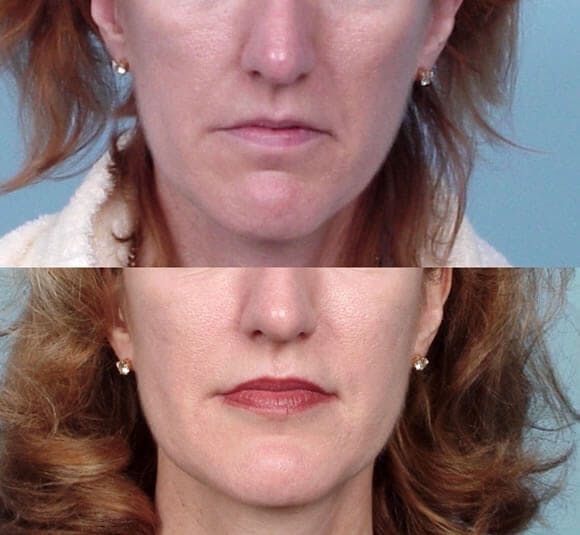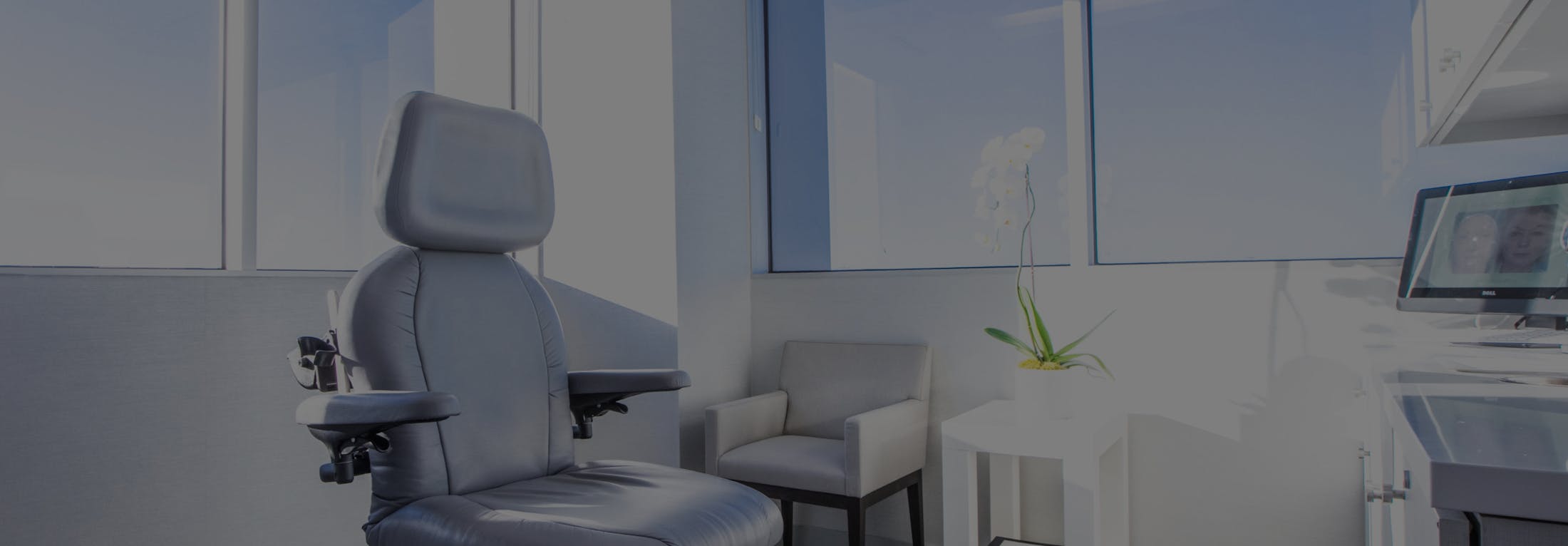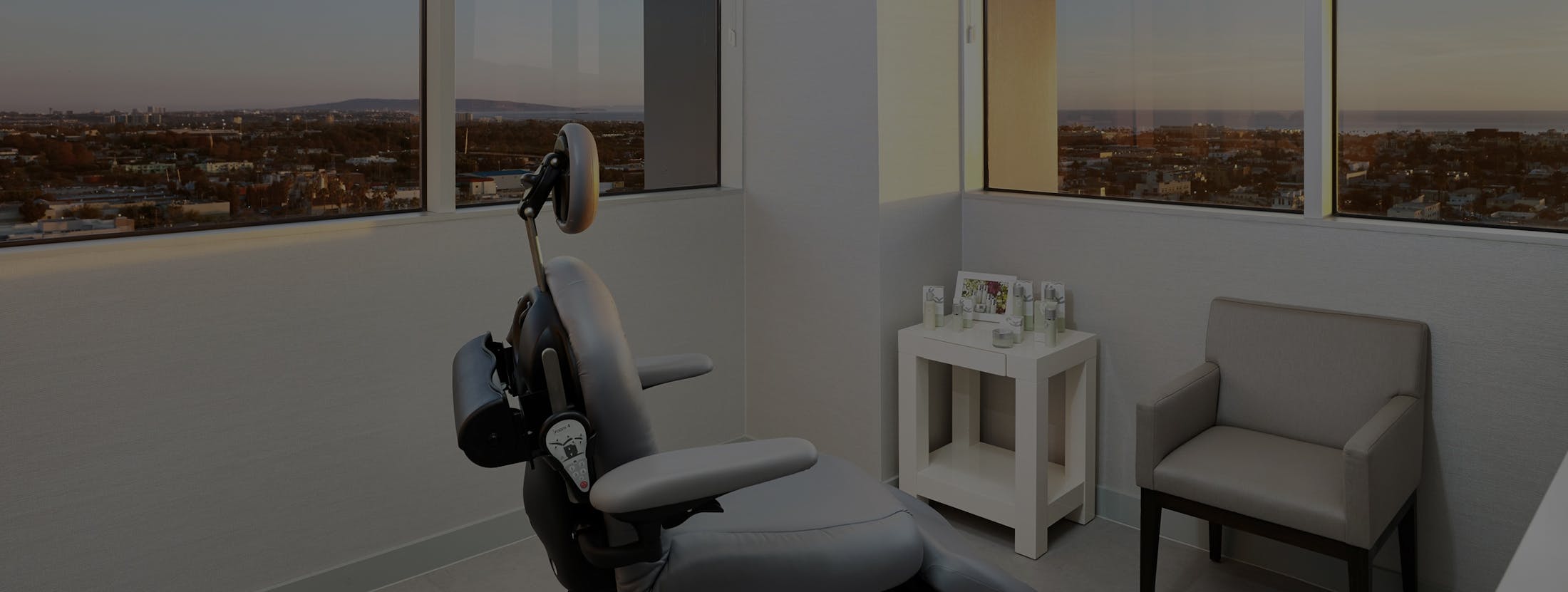For many people, age brings about the loss of facial volume, which results in the development of issues such as hollow areas, jowling, folds of skin around the nose and mouth. Lipotransfer in Santa Monica and NYC at Grossman Dermatology is an excellent way to address these problems in a more permanent way than dermal fillers.
Techniques for Fat Injection
There are many different techniques in which fat is injected. Some surgeons perform a single procedure in which multiple injections of fresh fat are performed on that day. There’s usually a significant amount of fat transfer, and swelling can last for weeks. The results, as well as the side effects, will be dependent upon the technique used.












